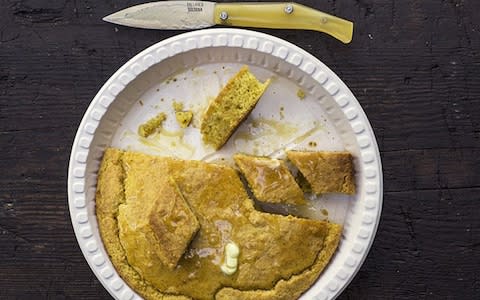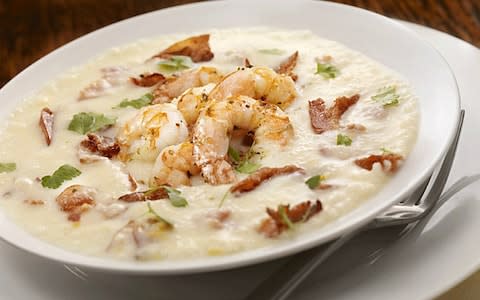July 4th 2018: How a tax on playing cards and a thwarted tea shipment led to American Independence Day
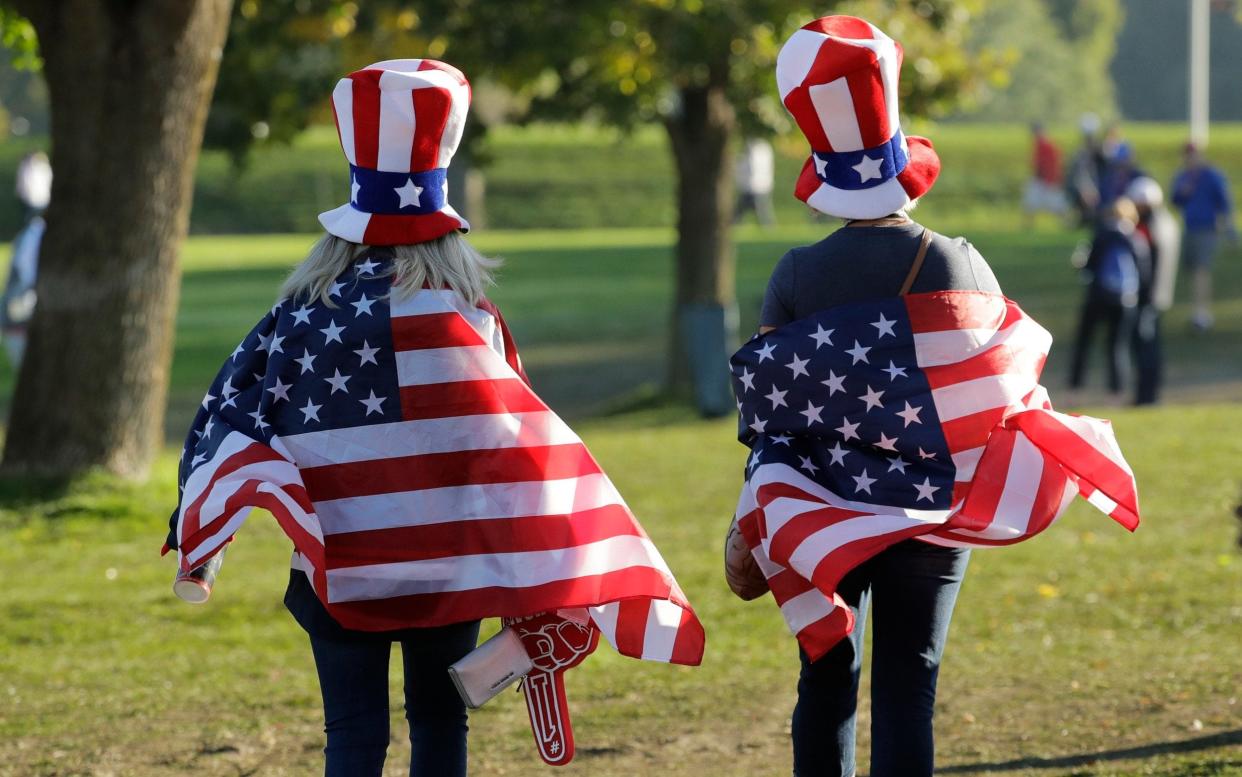
July 4 1776 was a prominent day in American history, as the 13 colonies successfully claimed their independence from the British Empire.
In what is now known as Independence Day, the US' most beloved national holiday is celebrated annually on the Fourth of July (that's today!) with millions of Americans coming together to celebrate the anniversary of the birth of their nation.
From the history behind the day to the modern celebrations, here is everything you need to know.
What is Independence Day?
Independence Day celebrates the day the US secured independence from the British Empire after the Revolutionary War. It falls on the Fourth of July every year.
Why did the Americans want independence?
The relationship between the settlers and British had been amicable, however tensions started to escalate over the imposition of British laws and taxes.
To help control settlements in the western territories, King George III introduced the Royal Proclamation of 1763, preventing the colonists settling along the Appalachian Mountains.
After the French and Indian War came to a close, the Quartering Act was passed in 1765, ordering the American colonies to help house the British soldiers.
Also in 1765, to help with their war debts, Britain then introduced the Stamp Act to help handle war debts; this required colonists to pay a tax on printed paper including newspapers, licenses and playing cards.
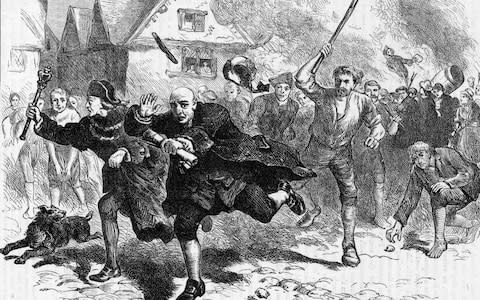
Unsurprisingly, the colonists were not pleased. 'No taxation without representation' became the cry around 1765 after a rise in Britain's national debt forced the colonists to raise import tariffs and crack down on smuggling to raise funds.
There was also a growing sense of nationalism in these largely agricultural colonies and acts of American colonial defiance began in the form of rebellions, fighting and protests.
Social unrest escalated further in 1773, when patriots in Boston famously destroyed a shipment of tea by boarding three ships in Boston harbour and throwing 342 chests overboard in protest over the Tea Act. This became known as the 'Boston Tea Party'.
These rebellions over taxes led to full-scale revolutionary war.
What happened in the Revolutionary War?
Determined to fight for their independence, Great Britain’s 13 North American Colonies fought for control over colonial affairs. They included:
New Hampshire
Massachusetts
Connecticut
Rhode Island
New York
New Jersey
Pennsylvania
Delaware
Maryland
Virginia
North Carolina
South Carolina
Georgia
George Washington led the American forces to victory and, thanks to the diplomatic efforts of Thomas Jefferson, France and Spain acted as allies, providing arms for the war.
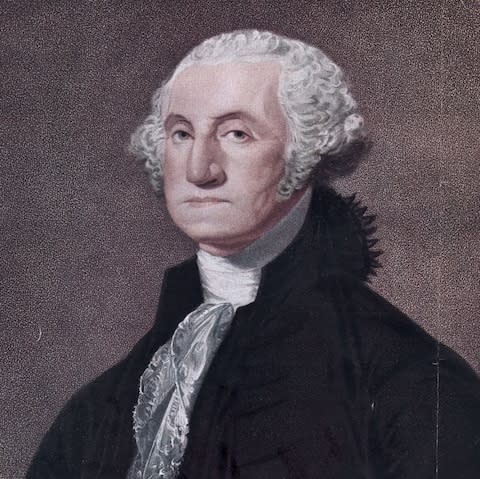
Independence was formally declared on July 2 1776; on July 4 1776, the final version of the Declaration was approved by Congress, announcing that the 13 colonies were free from British rule.
While the Fourth of July marks the adoption of the Declaration of the Independence, most of the Congress members actually signed the document on August 2, 1776
Following the Declaration of Independence, they went on to become the United States of America – however conflict continued up until 1783.
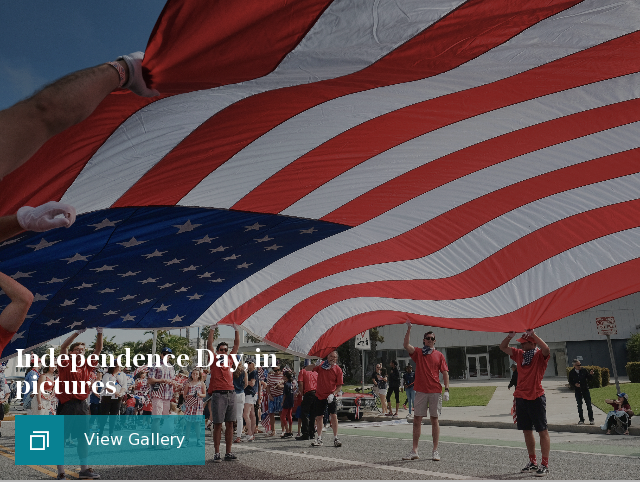
How is the day celebrated in the US?
In what was a simple but powerful mark of respect to each of the colonies, 13 gunshots were fired as part of the first celebration of independence on July 4 1777, a year after the Declaration of Independence was approved.
George Washington commemorated the Fourth of July the following year in 1778 by ordering a double ration of rum for his soldiers at Ross Hall, near New Jersey. Meanwhile outside the US, Benjamin Franklin and John Adams organised a celebratory dinner for Americans in Paris.
The Fourth of July was officially acknowledged as a state celebration by the Massachusetts General Court in 1781, and Moravians in North Carolina, observed the day with The Psalm of Joy music programme in 1783.
Nearly 100 years on from the Declaration’s approval, Independence Day was made an unpaid holiday for federal employees in 1870, and it was later established as a paid holiday by US Congress in 1938.
Nowadays it's typically marked by patriotic activities - usually outside.
Think parades, camping, barbecues, beers and fireworks, with as much red, white and blue as possible - all punctuated with a backing track of "Star spangled banner", "Yankee Doodle" and "God Bless America".
Politicians also like to make a point of appearing at Independence Day celebrations and praising the nation's heritage, history and people.
Last year, Kim Jong-un taunted the US by carrying out an intercontinental ballistic missile test on Independence Day, saying it was a "gift" to "American bastards".
However there is little risk of Independence Day celeberations being affected by a similar show of strength this year, following the historic Singapore summit that took place on June 12.

Who celebrates it apart from Americans?
The Philippines and Rwanda also observe Fourth of July anniversaries for their own reasons.
The US gave the Philippines independence on that day in 1946 and the Rwandan genocide ended with US help on July 4 1994.
Rather more bizarrely, Denmark also celebrates the US version - it started with European expats in 1911, but now is just an "excuse for a nice day out".
When is Britain's Independence Day?
Former Ukip leader Nigel Farage made a case for the 23rd June to be Britain's Independence Day in 2016, because that was the date of the 2016 Brexit vote in which he said the nation "took back control" from the European Union.
However, he was criticised by some who pointed out that liberation from colonial ownership was not really equivalent to Brexit.
And the point that most independence anniversaries around the world celebrate breaking from the British Empire has also been well made.
Best American recipes for Independence Day

The best American pancakes with banana, blueberries and maple syrup

